I felt compelled to photograph this unusual frond of ebony spleenwort (Asplenium platyneuron), which had developed a bend during its growth.
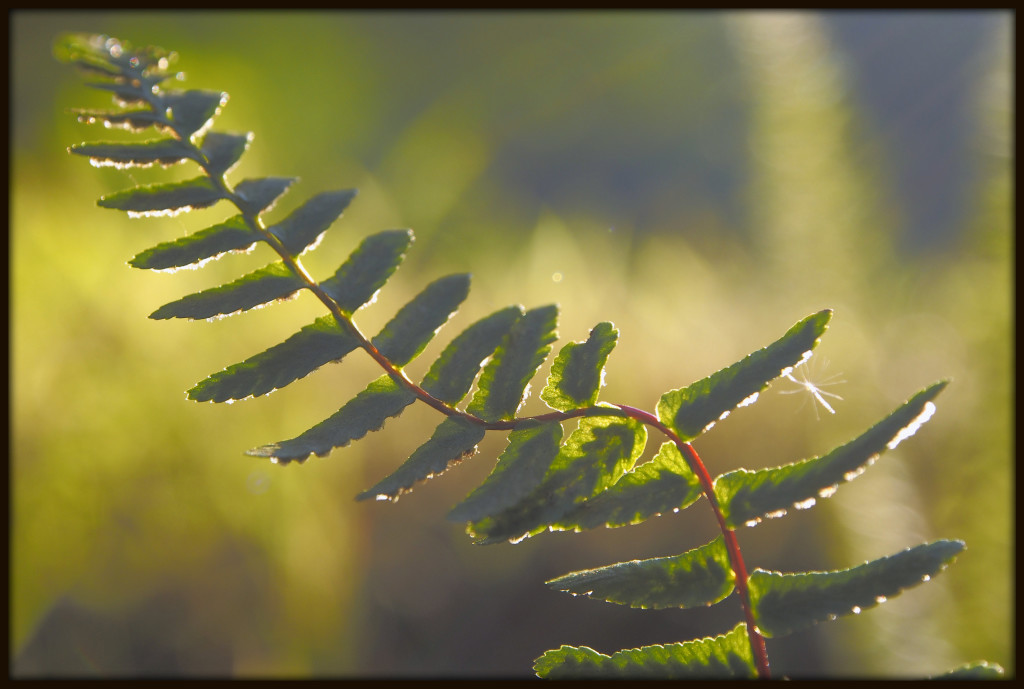
I felt compelled to photograph this unusual frond of ebony spleenwort (Asplenium platyneuron), which had developed a bend during its growth.

Within an hour of sunset, I took these photographs along Piney Woods Church Road, near its intersection with Rico Road. The fern present in every photograph is an ebony spleenwort (Asplenium platyneuron).

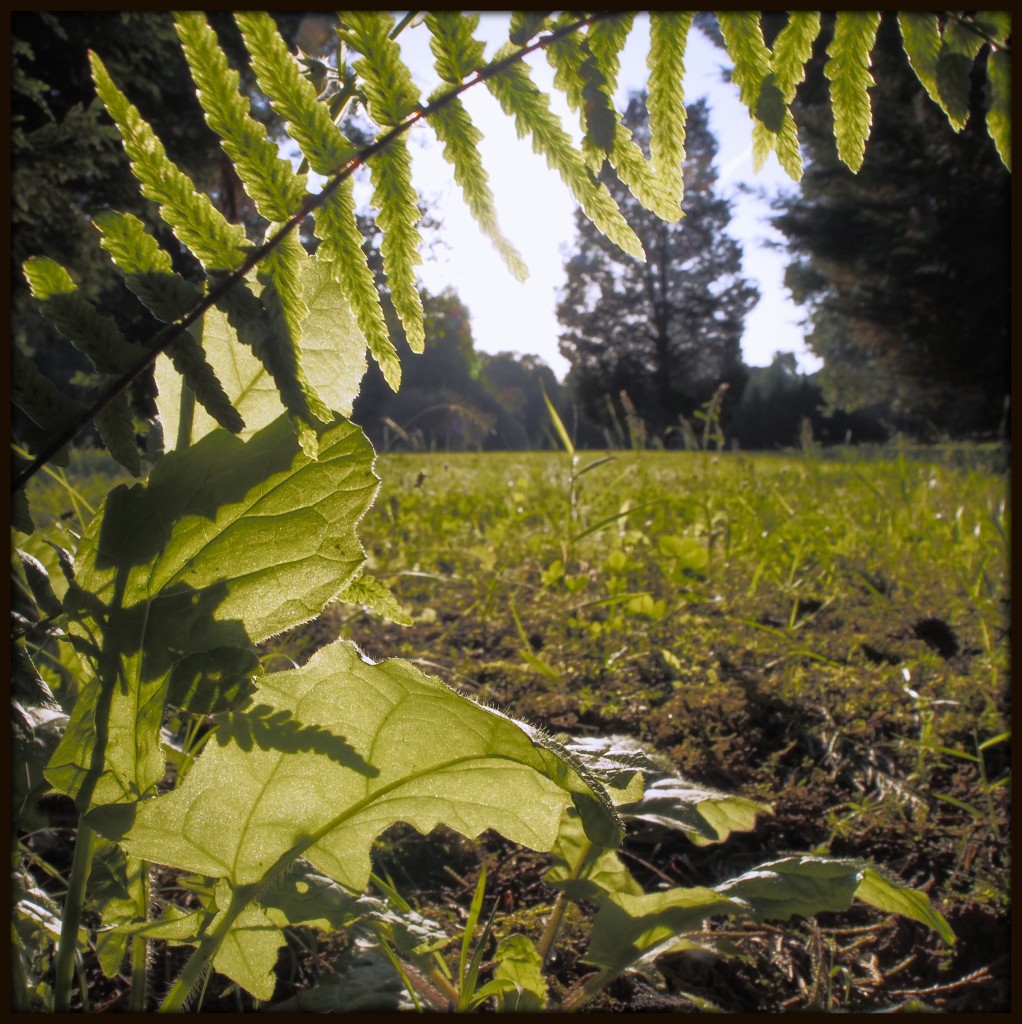
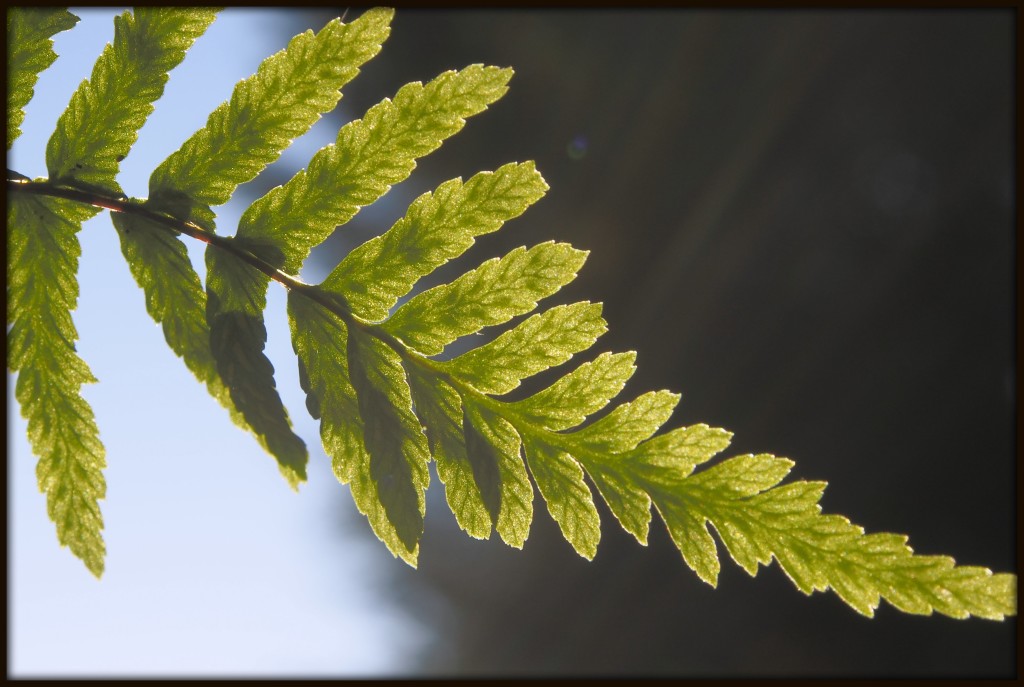
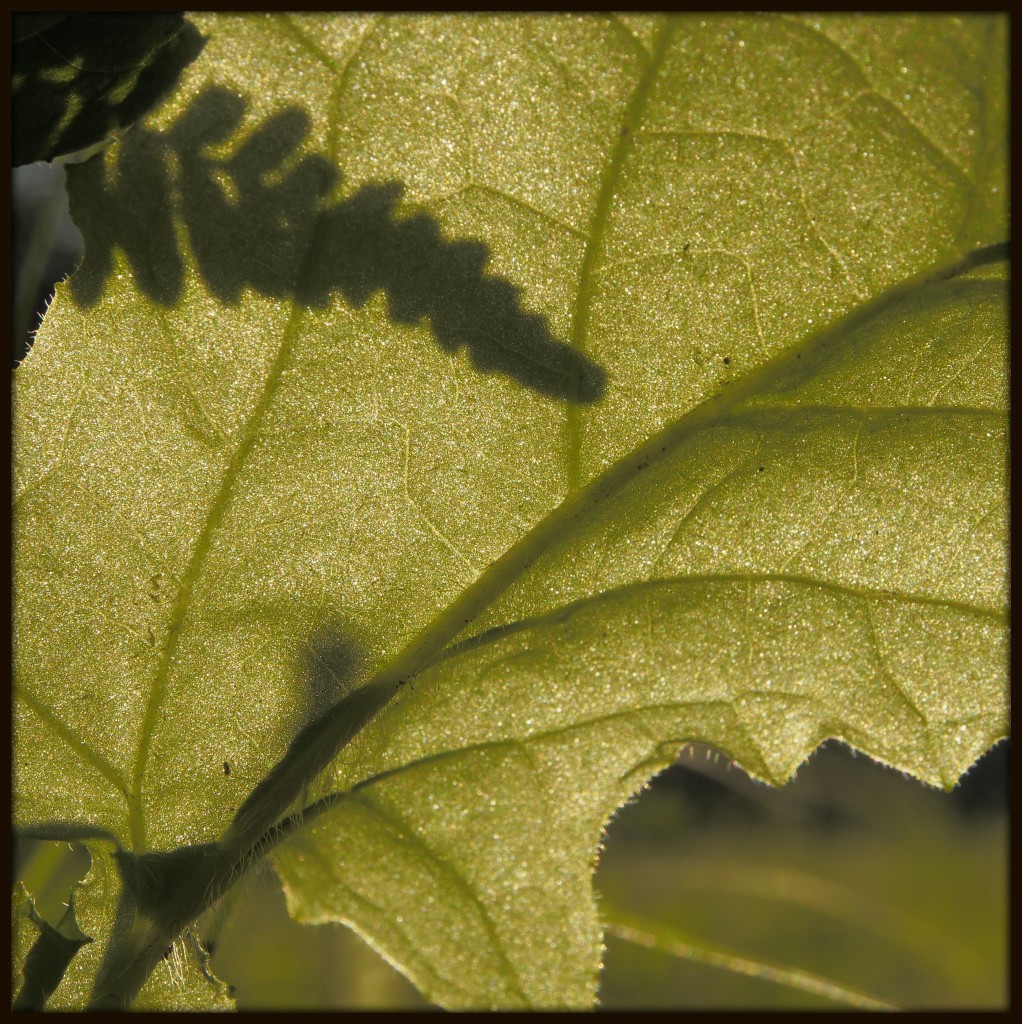
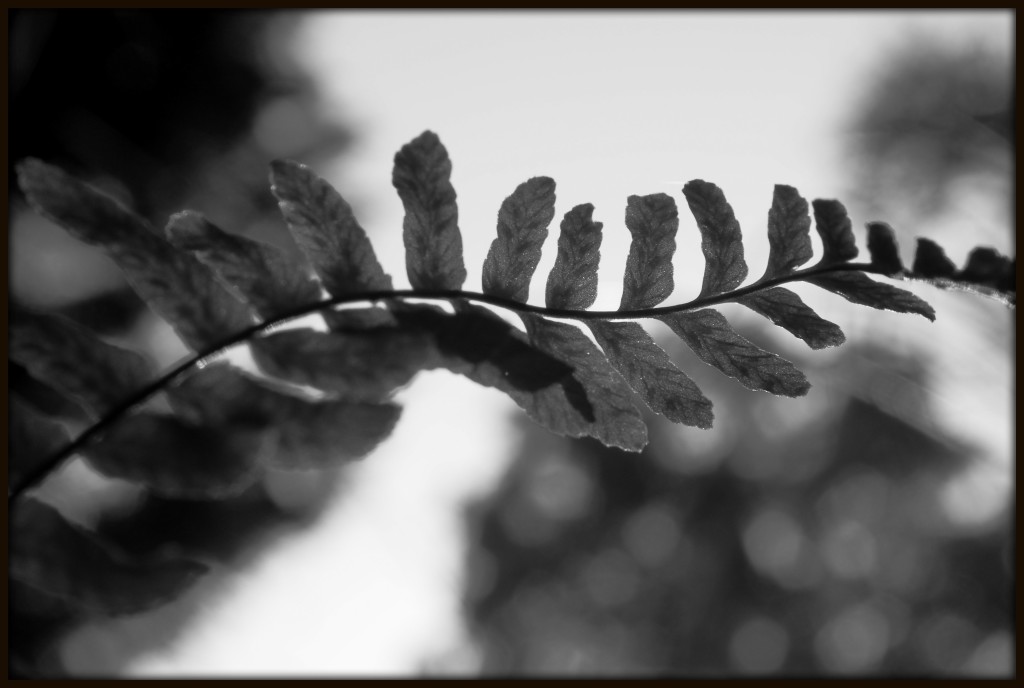

In three more days, Fern’s Market at Serenbe will close. I have been dropping by most every day, for coffee and conversation. Somehow there are moments of puns and laughter amid the sadness. I think of Fern’s often on my Piney Woods Church Road walk. From this evening’s saunter, here are two more ferns for Fern’s.

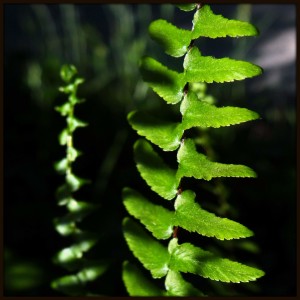
Yesterday afternoon, my wife and I hiked a few of the trails in the Sope Creek Unit of Chattahoochee National Wildlife Refuge in Marietta. In addition to encountering numerous wildflowers (both native and otherwise) and bursting buds on many shrubs and trees, we also visited the ruins of the Marietta Paper Company’s milling operation. Constructed in 1859, the mill produced paper for Confederate currency during the early days of the Civil War. It was burned by federal troops in 1864, but reconstructed after the war ended. Finally, it was abandoned in 1902. The mill machinery is long gone to rust and vandals, but the stone walls are quite impressive, with enormous window spaces providing views of Sope Creek or deeper into the ruins themselves.
Here are a few images from my day. First, a few images on the path to the mill ruins: a flowering dogwood; purple violets blooming along Sope Creek; an eastern redbud in flower among the ruins; and maple keys developing on branches overhanging the water.
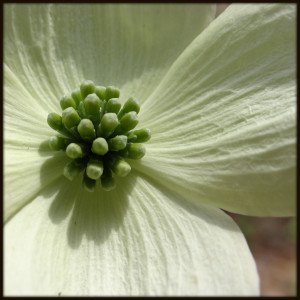
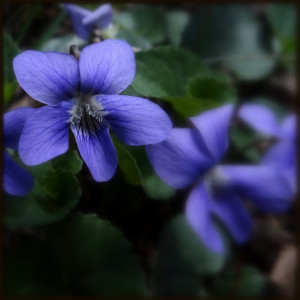
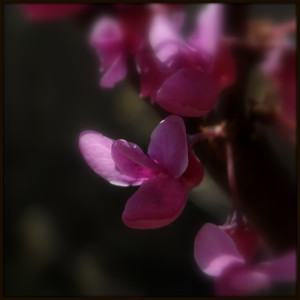
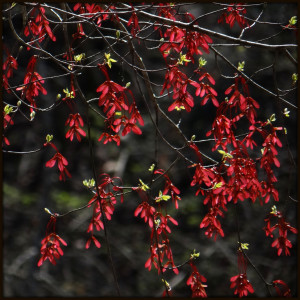
Next, a few view of the paper mill ruins along the banks of Sope Creek.

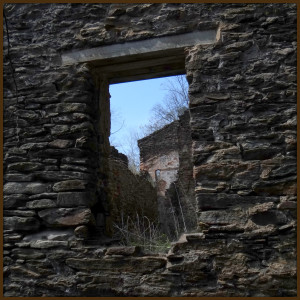
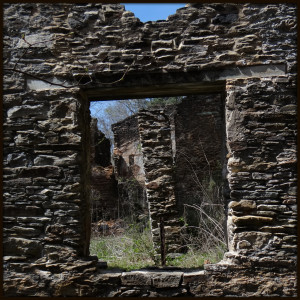

Finally, a few more signs of spring, from later in our walk. Yellow violets were blooming in a charming little ravine, where the water splashed over rocks and fiddleheads of ferns unfurled in the shade.
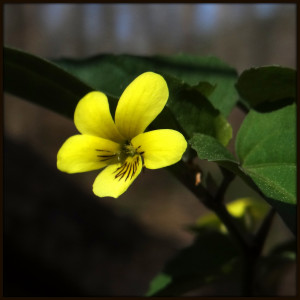
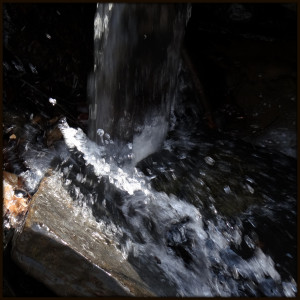
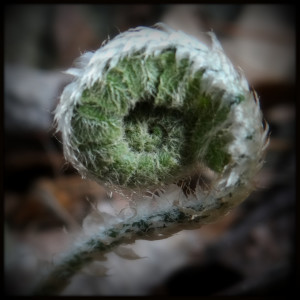

Toward the end of the walk, we passed a pond where a pair of Canada geese were swimming. On the earthen dam, European immigrants were in bloom: crimson clover (Trifolium incarnatum; also called carnation clover) and star-of-bethlehem (Ornithogalum umbellatum). The latter had flower heads so perfect that they looked artificial. Other names for this beautiful perennial include nap-at-noon, snowdrops, starflower, and dove’s dung. All parts of the star-of-bethlehem plant contain cardiac glycosides, making them toxic to livestock. Unfortunately, the star-of-bethlehem is also considered to be invasive in ten US states. Crimson clover, on the other hand, is an annual commonly planted as a cover crop for hay, affording excellent forage for cows and sheep.
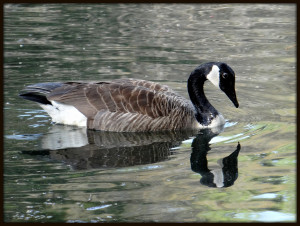

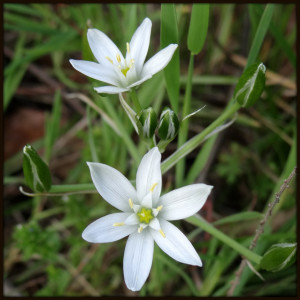
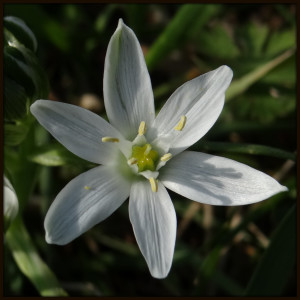
Resurrection fern (Polypodium polypodioides) is among my most favorite ferns. It spends much of the year looking like dried-up leaves clinging to a tree branch. After rainfall, it magically transforms itself into a vibrant green, luxurious fern layer festooning tree limbs. Resurrection fern is an epiphyte, gaining all the nutrients it needs from what is in the air and what might collect on the outer surface of the tree bark. It does not harm its host in any way. This photograph was taken among the pecan trees, about halfway down Piney Woods Church Road. I dedicate this image to Fern’s Market in Serenbe, which has provided me with a marvelous haven for reading and hanging out since it first opened in 2012.
